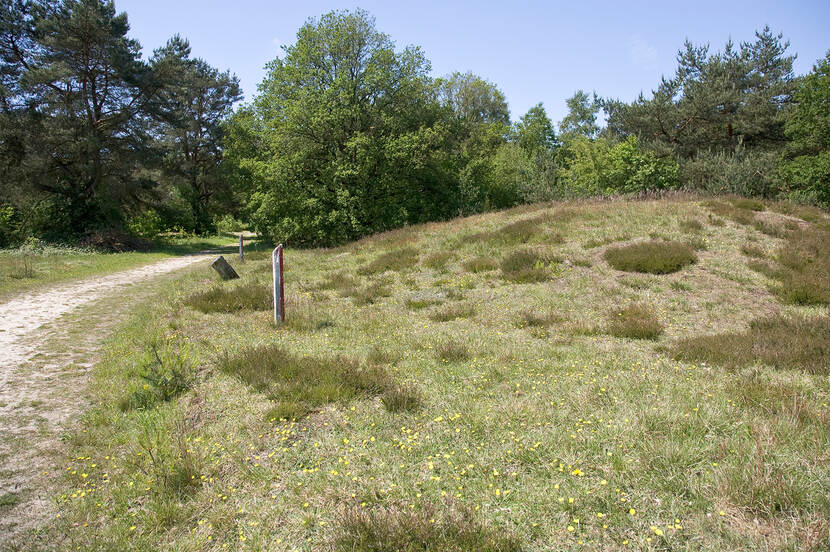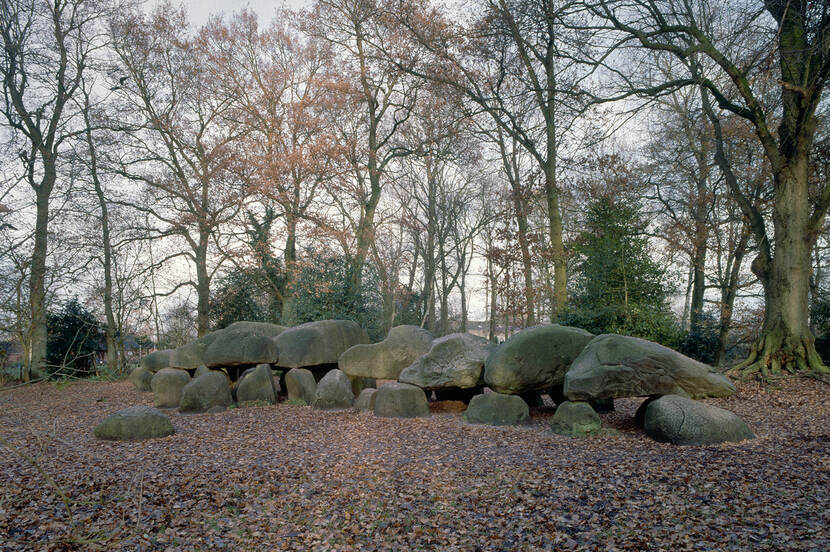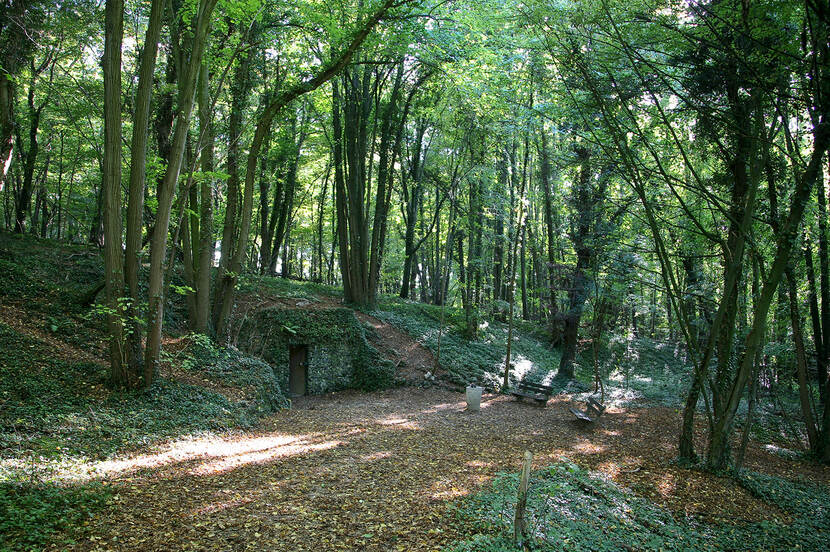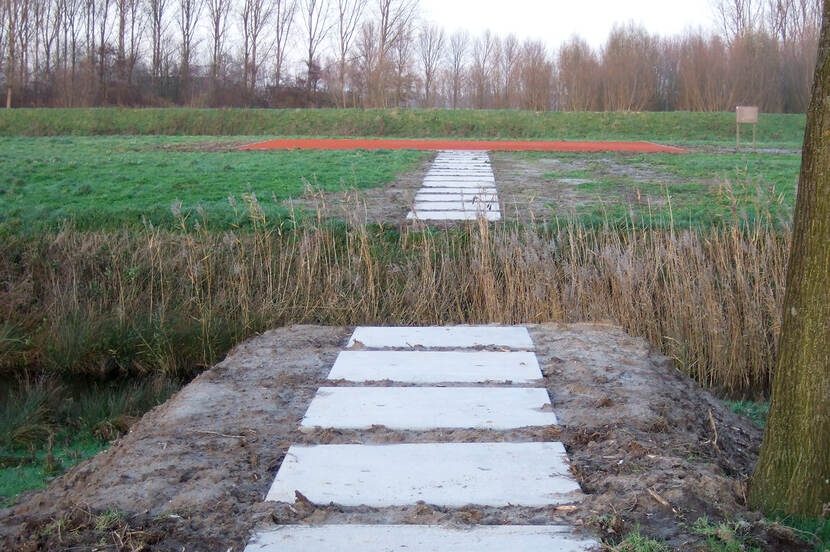Archaeological monuments in the Netherlands
Nearly 49.000 locations in the Netherlands have been designated as archaeological sites, and over 1400 locations are listed and protected with national monument status. Listed sites are of great archaeological value.
Visible and invisible monuments
Typical of the Dutch archaeological monuments is that the larger part is situated below the surface. An invisible world lies hidden below, such as Roman villas, burial grounds, and the remains of war attack or defence lines. Furthermore, many sunken ships lie beneath the surface of Dutch open waters.
Only a small number of listed sites are visible in plain sight such as dolmens and burial mounds. Yet, even visible sites are not always easily spotted, as is the case with markings in the landscape which are only visible from above. Also, an unsuspecting passerby will often not even recognize a burial mound as such.
Below are several examples of archaeological monuments in the Netherlands. An overview of all listed archaeological monuments can be found on the Archaeological Monuments Map (AMK-2014 and IKAW-2008).
Examples
This is not a representative list, and is solely meant to point out the diversity of the archaeological monuments that are listed in the Netherlands.

Various archaeological remains
The Strubben-Kniphorstbos is a nature reserve in between the villages of Anloo and Schipborg, in the province of Drenthe. It is also one of the largest archaeological monuments in the Netherlands.
This nature reserve holds a large number of diverse archaeological remains such as dozens of burial mounds from the New Stone Age to the Iron Age, an urn field, a Celtic field from the Iron Age, border walls (sand walls with a ditch on each side), and several cart tracks from the Middle Ages.

Dolmens in the province of Drenthe
The largest dolmen in the Netherlands is the D27 near the village of Borger, which is also the first dolmen to be examined. As early as 1680, the first shovel was put in the ground here under the guidance of poet Titia Brongersma. In 2010, soil scans were carried out and showed that it is very likely that unscathed objects are still underground.

Prehistoric Flintstone Mine
In the rolling hills of Zuid-Limburg (the south of Limburg province), near the village Sint Geertruid, lies the oldest industrial monument of the Netherlands. Around 6000 years ago, the mines were dug in order to gain flint from the limestone layers. Due to this mining, an extensive system of tunnels was formed. Yet, on the surface, there are no actual signs of its existence.

Remains of the Eighty Years’ War
Many remains of the Eighty Years’ War are still present in Zeeuws-Vlaanderen (area in Zeeland province) such as boundary lines in the shape of dikes, from the Dutch and Spaniards, which cross the landscape. At several points along this war line, there are still square shaped walls visible. These are the remains of fortifications. The fortress near the village Axel is part of the Dutch-Spanish war line.